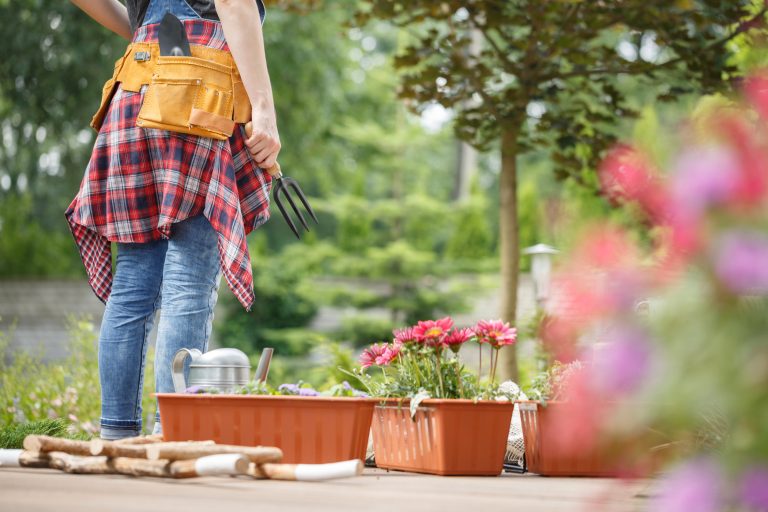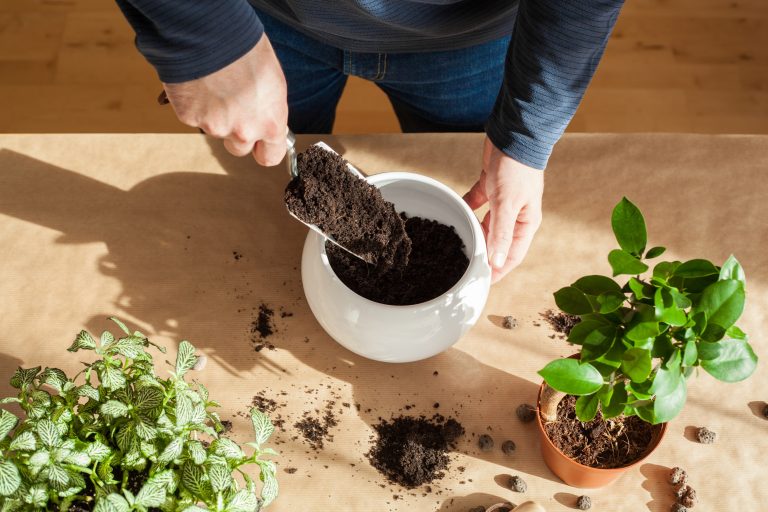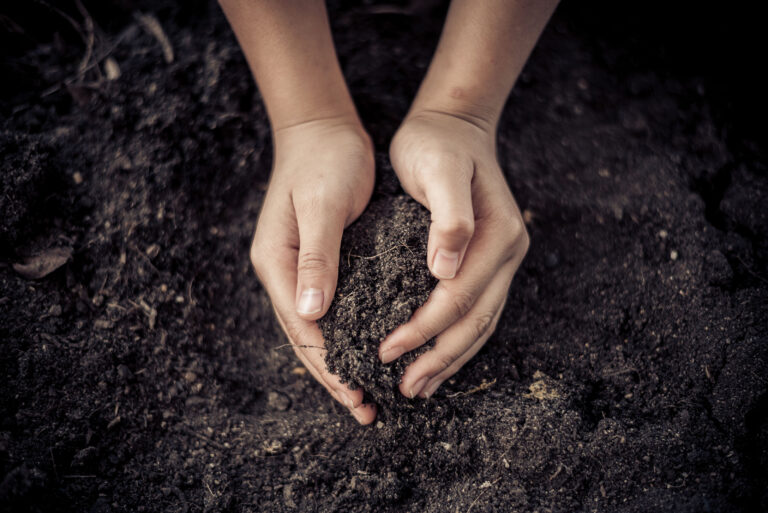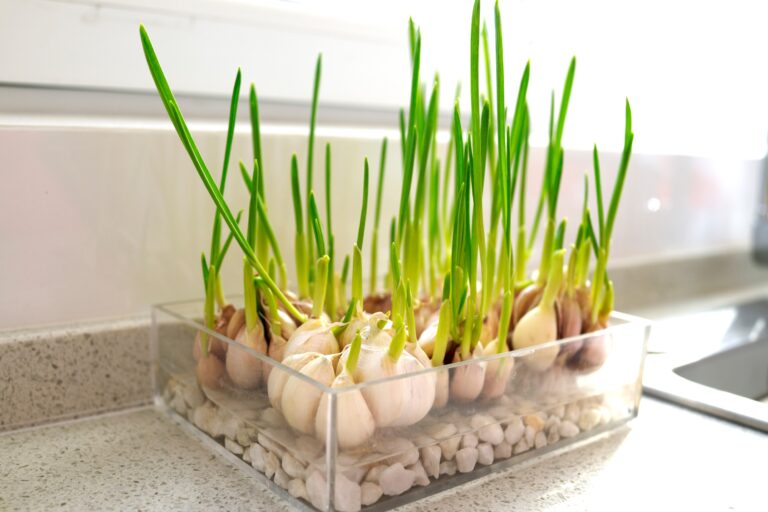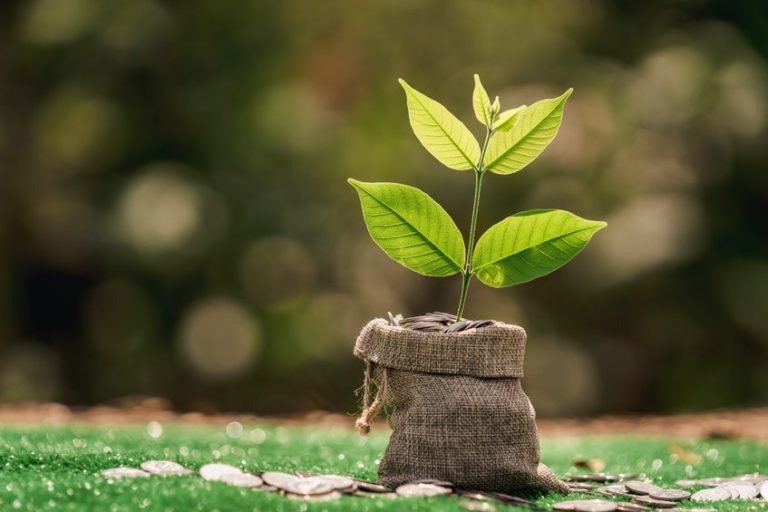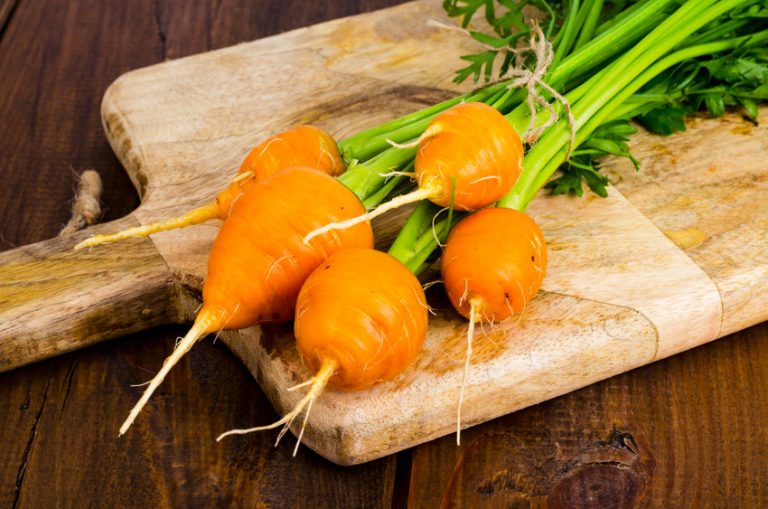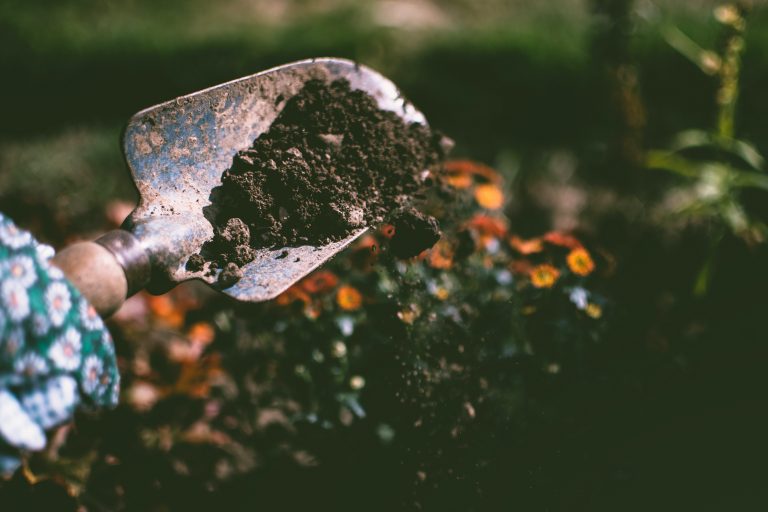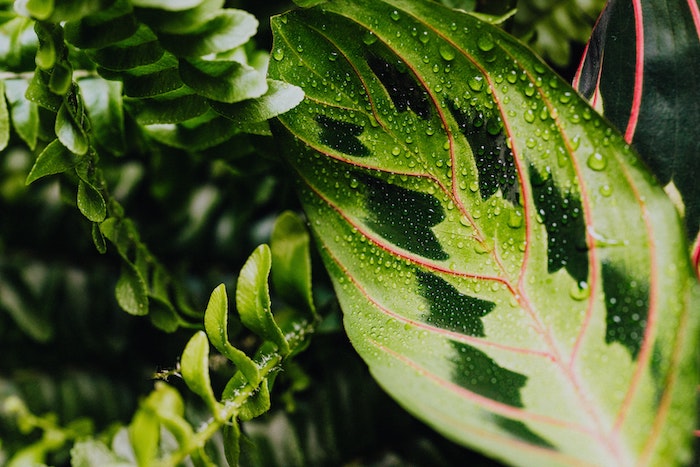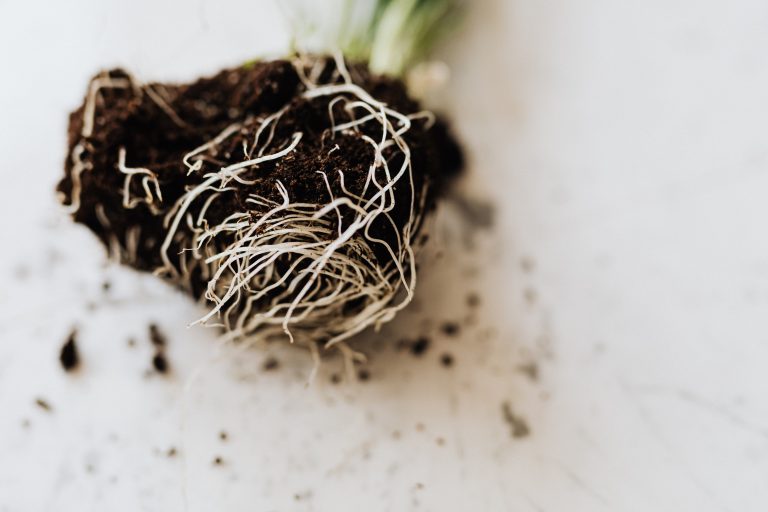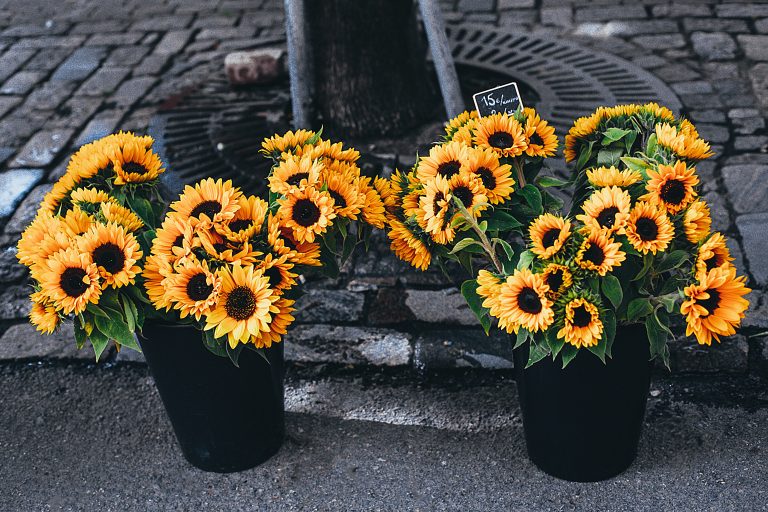Thinking of ways to repurpose plastic containers? Why not put them to work in your garden? From creative planters to practical storage hacks, these upcycled ideas will not only help the environment but also make your garden more efficient. Here are 12 ways to give plastic containers a second life in your green space. 1….
container gardening
What Is The Best Soil For Container Gardening?
Container gardening has surged in popularity among many plant enthusiasts who don’t have the space to grow something. According to a 2019 study, approximately 21.2 million U.S. households engaged in container gardening activities. What really sets a successful container garden apart from others is the quality of the soil that you use. So, what are…
Try These Types of Soils For Your Potted Plants
Caring for potted plants can be challenging. Make sure you are using the best soil for potted plants, use the right pots for drainage, and make sure the mixture of soil you’re using is right for the plant you’re growing. Here are some things to consider when it comes to the dirt in your potted…
Edible Plants You Can Grow Inside
Growing edible plants inside isn’t tricky. All you need is an appropriate container, enough light, and to pick varieties that grow well in containers. Picking the Right Container Whenever you want to grow edible plants inside, you need to pick a container that meets the needs of your plants. When picking a container, you must…
5 Reasons To Use Fabric Over Plastic Grow Bags
I love grow bags. They’re a great choice for gardeners with limited space, and you can bring them with you if you have to move. But should you use fabric over plastic grow bags? Which type of grow bag is the best option? Plastic will work in a pinch, but the fabric is my…
5 Compact Plants For Small Gardens
You’re probably interested in frugal gardening tips because you’re on a budget. But I’ll bet that many frugal gardeners also have to carefully budget gardening space. Most people don’t have a lot of room to work with. And even if you have a large property, it’s likely that not all areas are conducive to growing…
5 Things To Consider When Recycling Soil
It’s the end of the growing season, and you’ve tossed your spent container tomato plants in the compost. Can you reuse the soil next year? Here’s a soil recycling checklist to go through before repotting plants in old soil or using last year’s soil leftovers in the spring. Pitfalls of Recycling Soil Reusing soil…
5 Houseplants That Won’t Waste Your Money
Ever since the pandemic began, I slowly started buying houseplants. I’d scour my favorite online nurseries and pounce when they had a sale or coupon code up for grabs. Of course, I already had some plants before the COVID situation, but adding more made my home feel cozier, livelier. When buying plants, I always…
4 Advantages of Pruning Plant Roots
You’ve heard of pruning branches, but what about pruning plant roots? Roots aren’t something we think about very often. Mainly because they’re buried under the earth. Out of sight. Out of mind. However, paying attention to your plant’s roots can be an essential part of raising healthy houseplants. Here’s why you might consider pruning…
Container Gardening: Fabric Pots vs. Plastic Pots
I love to plant crops in containers, especially finicky plants like eggplant and peppers. I use a variety of containers in my garden, including fabric pots. If it gets too cold, it’s simple enough to haul them inside. Containers are also great for those living in rental properties or those with limited space. It’s…
